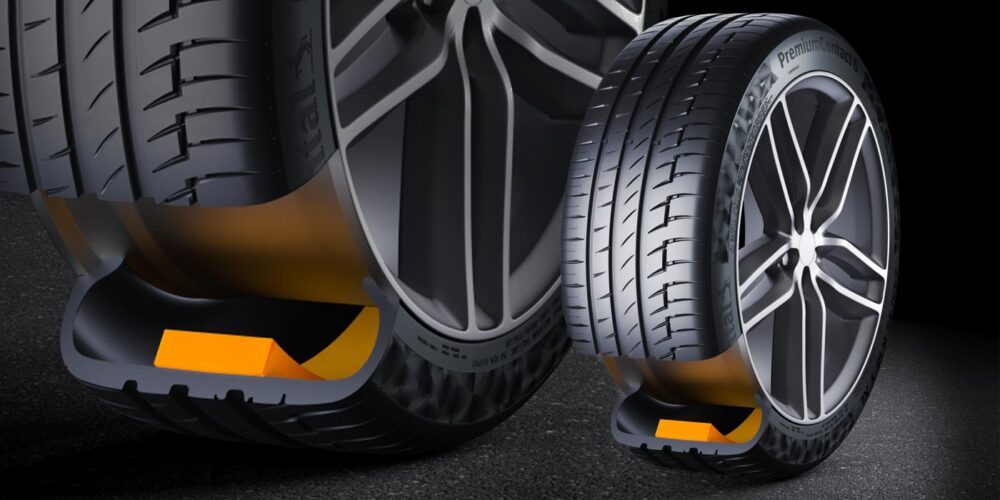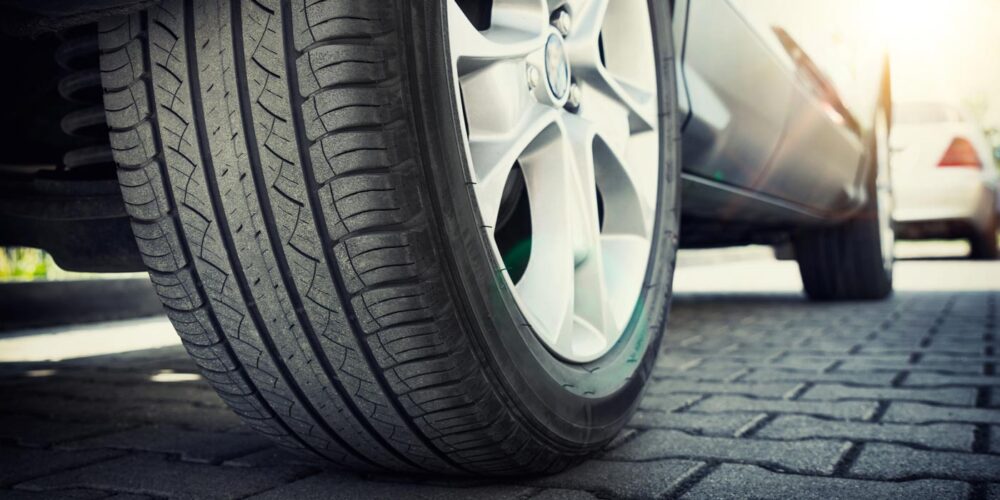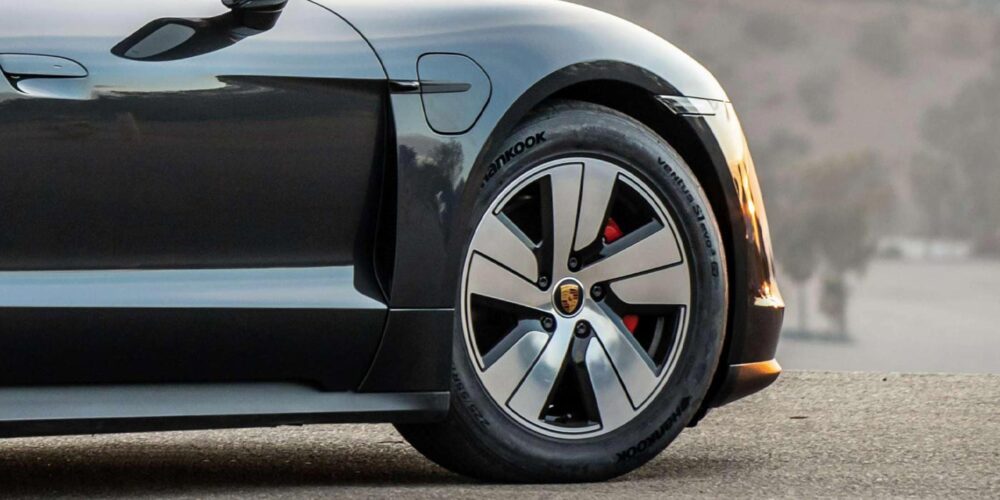When it comes to rubber’s interaction with the road, some people simply want to make a lot of noise about quiet tires. Are tires contributing too much interior and pass-by noise? Have tires become the big target because electric vehicles are making other auto noises go away? How much difference in decibel-level noise is there between a variety of products and manufacturers? Beyond Europe, is the question of quiet tires an issue for consumers?
These are among the questions that tire specialists may be hearing, which leads to a sense that it’s a subjective area without a lot of clear data. Some of that is true, but it’s nonetheless a topic that will be growing in interest.
What Creates Tire Noise?
The State of Washington’s Department of Transportation defines noise as, “any unwanted sound. The definition of unwanted sound is subjective… Different noises produce different reactions, depending both on their intensity and on their frequency distribution (also described as pitch, varying from low to high).”
The “pitch” in tire noise basically references the number of tread blocks around the circumference. A tire with larger tread blocks and fewer pitches has less void; a summer performance tire, for example, is built for handling. An aggressive tread tire, such as a winter tire, likely features smaller tread blocks, more pitch and more void. This design features more biting edges for the snowy, icy conditions, but it will likely generate more noise, too.
Tread blocks and groove patterns are factors; the blocks hitting the road surface as a tire rotates can lead to an annoying rhythmic noise, and short, repetitive tread patterns can generate a pitched whine. Grooves and channels in a tread pattern can release compressed air that “sizzles” and cornering vibrations can create “squeals.”
Engineering a Quiet Ride
To avoid some tread-generated noise, tire engineers stagger their pitches and tread blocks, using different patterns and sizes. These multi-pitch tread designs can “quiet” the tire through more random blocks and grooves.
Tiremakers have been addressing noises generated from tires for years, and have amplified those efforts in recent years through tread patterns, carcass composition, sidewall and shoulder profiles – even sound cushioning inside of tires by using a foam insert that dampens noise. Look at the Pirelli Noise Cancelling System, Goodyear’s SoundComfort Technology, Continental’s ContiSilent, Bridgestone’s B-Silent, Hankook’s Sound Absorber, Michelin’s Acoustic Technology and so many more technologies that are being employed to suppress tire noise.

As car manufacturers continue to perfect their vehicles – including the increasing production of EVs – noise reduction has become an integral part of their drive to improve overall driver comfort. Thus, tire manufacturers are focusing on this, too.
Among components of a conventional (non-EV) vehicle that generate noise, exhausts, powertrains and engines are overshadowed by tire noise. Interior noise is heard inside the vehicle cabin; exterior noise is generated outside the vehicle. Much of this is the hum or other noises generated by the tires and is considered pass-by noise.
Tire companies are even using big data and deep learning algorithms to help predict the tire patterns and noise design factors that might lead to the quietest tires of the future.
While tire makers have greatly diminished tire noise in recent years, there are factors outside of their control – water on pavement, grooved pavement, composition or coarseness of pavement, and the varying types of surfaces (asphalt, concrete, brick, etc.). The ultimate quiet tire would be one that has a smooth tread so there is no escaping noise and no tread slap or impact, but that completely smooth tire would be poor for grip and safety.
Sound levels are measured in decibels (dBA). Tire engineers use a bevy of tests to strive for lower decibels and balance to create a top-performing tire that minimizes any noise distractions. One tool often used is a “noise lab” known as an anechoic chamber, where the testing personnel only hear direct sounds – those that are isolated from any outside surroundings.

Recommending Low-Noise Tires For Your Customer
As consumers shop for new tires, factors such as price, brand and wear (typically not noise) are at the top of their list. For any of the performance aspects, including noise and comfort, it is a challenge to know which of the available options would be best for their vehicles. Differences between various models of vehicles only complicate the exercise, as exact comparisons are only possible when the same car is used under identical conditions.
Tire specialists can help guide consumers with some general assumptions about tire noise. For example, the softer the tire’s tread compound, the more likely to reduce noise. High-profile tires are also generally more comfortable and quieter than low-profile alternatives, but some of that is also due to the more aggressive driving nature of sporty cars with low-profile tires.
Most experts say tire design is about compromise. Changing one characteristic will typically alter others in some manner. For example, an aggressive open tread design that is built for excellent winter and all-season traction tends to introduce the opportunity for more noise generated from the tire-to-surface interaction.
As tire specialists talk with customers, there is also an excellent opportunity to promote regular maintenance as a means to reduce tire noise. If vehicle suspension geometry is not within the manufacturer’s specifications, resulting in incorrect steering angles, the tires can wear unevenly and generate additional noise. And even when wheels are properly aligned, tire rotation is vital to keep every corner wearing as evenly as possible.
Adjusting the inflation pressure can also affect tire noise. Vehicle manufacturers, very attuned to overall vehicle noise and driver comfort, select tire pressure recommendations for a reason.
Tire store personnel also know all too well the complaints that bounce back from customers when replacement tires are installed on a vehicle. The previous smooth-tread tires, which were likely quieter and less grippy, get replaced by new tires with full tread depth, which can lead to increased noise and slightly lower fuel mileage.
Don’t forget that noise is a factor in tire design for EVs. On vehicles with internal combustion engines, engine and exhaust sounds can mask what’s coming from the tires, suspension and wind. On EVs, more of those sounds can be heard due to no engine noise, so certain noise-suppression tread designs and cavity structures are critical to the tire.














